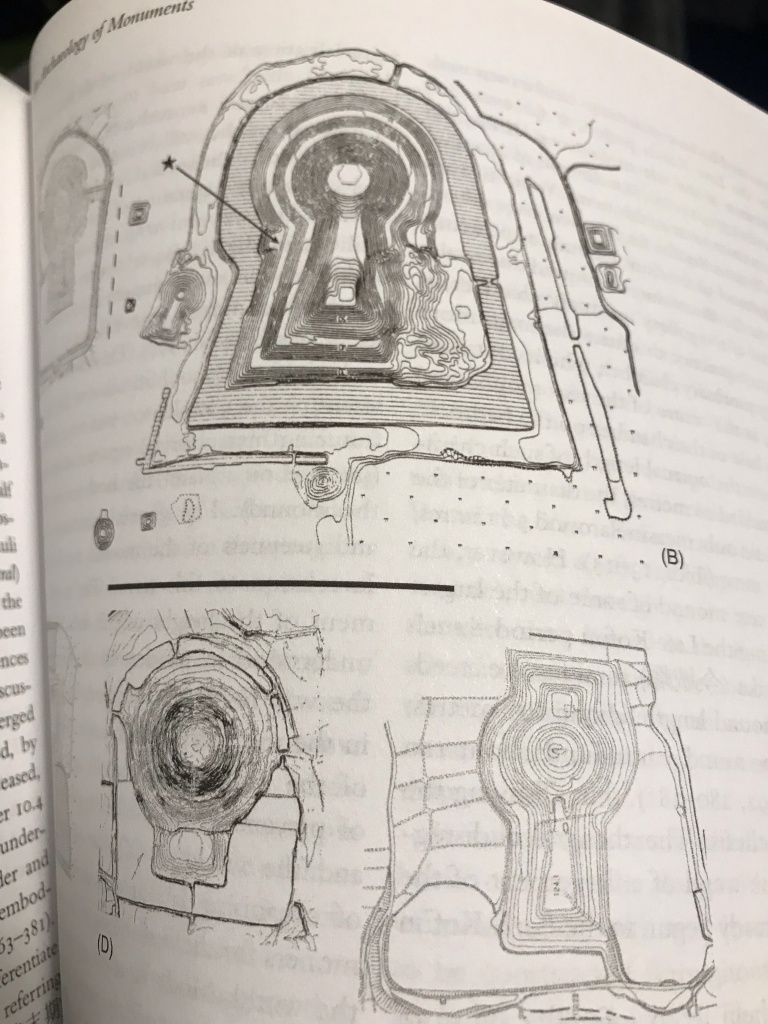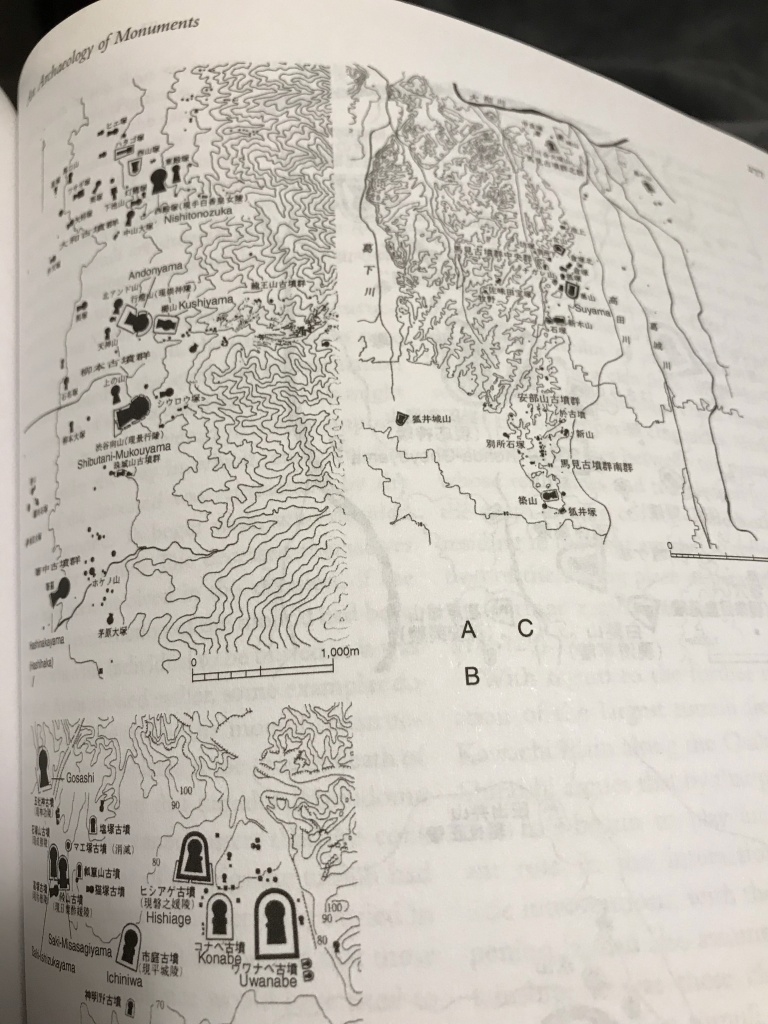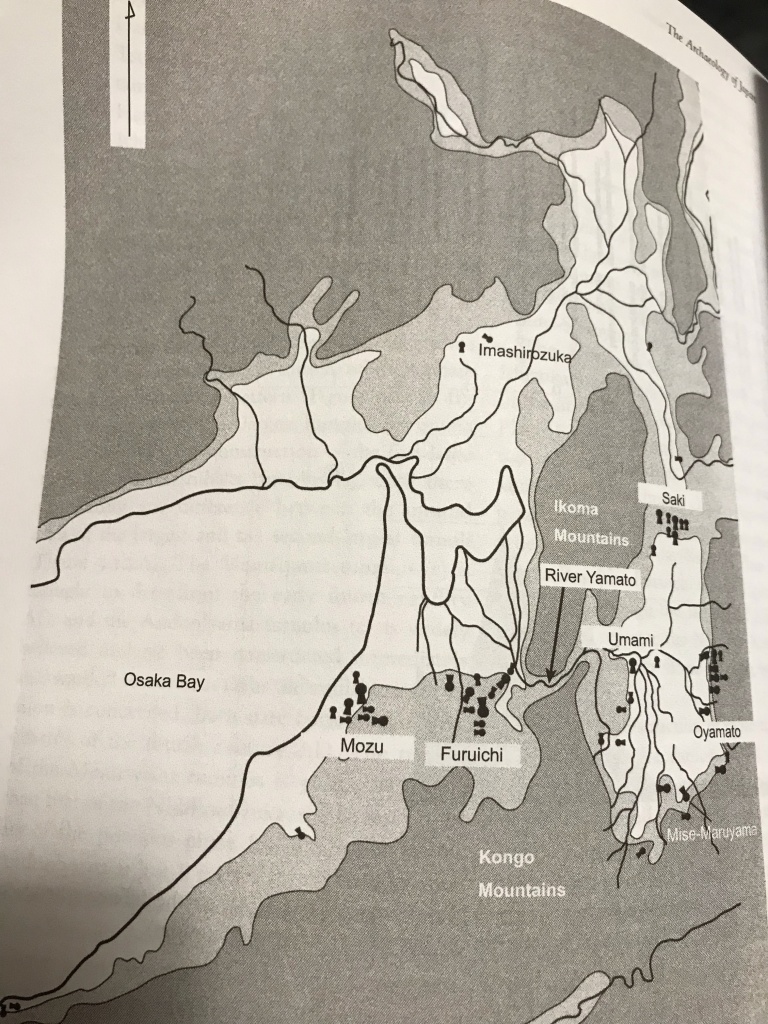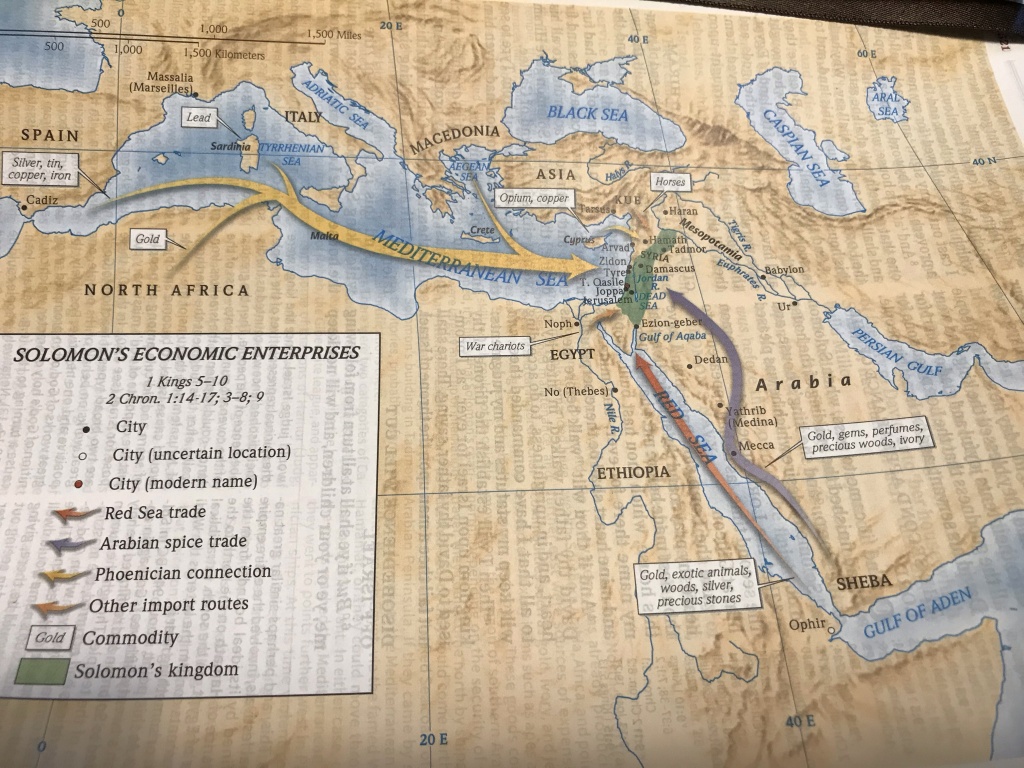Every time I go to Japan, it becomes more and more evident to me that the Kofan tombs, the many thousands of keyhole tombs in Japan, are the direct result of interactions with cultures of the Near East around 100 AD to 300 AD, which happened to be the time that the book The Testament of Solomon was written and was one of the books considered to be put into the Bible under the guidance of the Romans after the Greeks had preserved the stories over the previous 1000 years. Because Japan is an exciting culture that pays excellent reverence to its past, they have kept it better than in the West, so a window into periods of history becomes very obvious. Even though there is little to no archaeology occurring to explore the contents of these giant mounds built in the form of a keyhole, their dating points to a global culture that had a particular obsession with demons and how that spirit world rules over the minds of humanity, something that is just as concerning today as it would have been in times past. Talking to the modern Japanese, the considered wisdom from their culture points directly to their management of the spirit world through Shinto Buddhism, where they seek to utilize a relationship with the Kami, spirit creatures who roam about and work permanently in the background. In the Near East, in the times of the Bible or the Quran, we would call them Jinn, or “Genies.” In the West, we’d call them demons. And if you avoid assuming that everything over time was regional, the best window into that particular period and why they believe what they do can be reported from King Solomon himself in his book that never entirely made it into the official Bible, The Testament of Solomon.

In that book, Solomon, the great king of Yahweh, forms a relationship with a unique ring that God gave him to manage a pantheon of demons, and part of the signet was a keyhole symbol, according to legend. Solomon could use the ring to lock up the spirits and put them to work in building the great temple. However, by the end of the book, Solomon, in his never-ending quest to indulge in his sexual conquest of many thousands of women, finds one that refuses to sleep with him unless he grinds together five grasshoppers and dedicates their destruction to her god Moloch. So, Solomon does this, which makes God very angry, and essentially ends the line of kings created by the line of Abraham as the experiment to find a righteous people blew up in Yahweh’s face. At that point, the Hebrew people are doomed, the sons of Solomon are punished for their father’s transgressions, and Nebuchadnezzar soon follows to destroy the people of Israel and cast them into captivity once again. The mistake most commonly made by everyone is assuming that this Testament of Solomon is a regional story, not a global one. But I have a few maps that show the reach of King Solomon’s empire at the height of it, and it doesn’t take much creative thought to see that trade to make that empire so vast was extending into the New World, specifically the Amazon River Valley, and it spread to the East as far as it could go, Japan.

When you travel around modern-day Osaka, these keyhole tombs don’t look like much but a clump of trees in very packed urban settings. They are everywhere; some are much larger than others. But they remind me a lot of the various Indian mounds from North America, the same ones I have been saying contain the bones of a giant species of people, which is also not seeing much archaeology being done to investigate appropriately. Such a reach for the empire of Solomon is not unrealistic, traveling thousands of miles from Japan to the Middle East over a thousand years. Ironically, modern Japan’s relationship with demons of the spirit world is best captured by the work of the Near East writers, whether Arab, Greek, or Roman, or caretakers of the Indus Valley. The point is that people talk, and over the years, these stories took on a life of their own, but their point of origin was the empire of Solomon before being wiped away by a rival faction in Babylon. Solomon couldn’t have hoped to obtain such wealth without creating many enemies, and he had God’s protection with that ring as long as he was loyal to God, which allowed him to defeat his enemies and conquer many global territories. That is until he went too far by sleeping with women who worshipped all those previous gods, like Moloch and Baal, which still work in the background to this very day around the efforts of globalism. These interesting problems are best studied in cultures like Japan but still show signs of their practice. Because Japan has been protecting itself culturally from the effects of globalism, by fully embracing tradition the way they do, we can get a view into our past in ways that wouldn’t otherwise be possible. If the mistake of assuming that Japan was always a regional culture can be avoided, more evidence of the truth can be utilized.

The giveaway to this global culture is in the site down the road from Osaka at Ishi-no-Hoden, one of the great megalithic sites in Japan and one of their current top three mystery sites. The dating for this gigantic rock that was in the process of being cut from the mountain is all over the place, with some of them dating back to 14,000 years, which would have put it in the Ice Age. During the Ice Age, these archaeological sites around Japan would have been the high ground as the entire Osaka Bay would have been drained of water, and a new oceanfront would have extended to the east, where many ancient temples are beginning to be discovered, now submerged. This is the same global culture working the stone at Easter Island, all over the Americas, and, of course, in the British Isles. Why an ancient people would go to such trouble isn’t the point, but what was is that there was a desire to work with such significant stone monuments, the same as was seen in the Near East at times before and after King Solomon for similar motivations. So, to assume that these are cultures in isolation is to do them a disservice. Therefore, to learn from history, we can look to the windows we do have, such as in the Testament of Solomon and the Kofan tombs all over Japan, and arrive at some very accurate understandings of how the people of the past dealt with malicious spirits in the politics of quantum physics. Whether we call them demons, jinn, or Kami, the modern Japanese people have been successful in managing those relationships, whereas people in the West have been seduced much as Solomon was, with the grasshoppers into throwing away everything, to sleep with another woman, especially when he had thousands of others he could have picked from. The lessons transcend time and are most apparent when visiting modern Japan, which has not used contemporary politics as a great eraser. We can still see some of the evidence left behind.

Rich Hoffman
